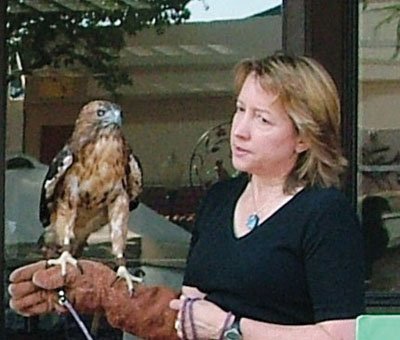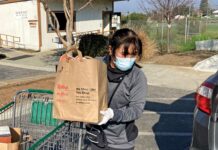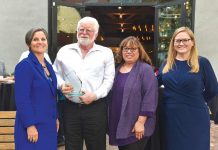To be free or not to be free, that is the quandary. For those
wild animals that have suffered (or been orphaned by) the
”
slings and arrows
”
(or vehicle collisions) of
”
outrageous fortune,
”
the Wildlife Education and Rehabilitation Center strives to mend
their injured bodies and psyches and return them to their
habitats.
To be free or not to be free, that is the quandary. For those wild animals that have suffered (or been orphaned by) the “slings and arrows” (or vehicle collisions) of “outrageous fortune,” the Wildlife Education and Rehabilitation Center strives to mend their injured bodies and psyches and return them to their habitats.
Such is the case with recently released red-tailed hawks, barn owls, jackrabbits and assorted songbirds. Three bobcats, seven barn owls, a great horned owl, a kestrel and a gopher snake are animals currently at WERC that have releases planned within the next few months.
Unfortunately, other animals have suffered permanent injuries or have become imprinted on humans. No reputable wildlife agency will release these animals back to the wild – the loss of their sight, flight or “wildness” ensures that their chances for long-term survival would be negligible, being unable to hunt, fly or assimilate with their own species.
But, after considering certain conditions, such as the animal’s disposition, age and extent of injuries, some of these birds, mammals and reptiles may get a “second chance” and become candidates for educational programs. In their new role as “animal ambassadors” they help teach children and adults about our native wildlife and habitats. In addition to its own non-releasable animals, in the past few years WERC has placed barn owls, great horned owls, a kestrel and opossums to various licensed wildlife facilities, with permission from the U.S. Fish and Wildlife Service or the California Department of Fish and Game.
These animals are not tamed nor treated as pets. Though they have adjusted well to being handled and being around people, their wildness is respected and emphasized. Except for the snakes, all the educational animals are handled with gloves to protect the handler from needle-sharp talons, beaks and teeth. When being displayed, the birds are on leads to prevent accidental escapes and to protect the public. At WERC though, they are free to fly in their enclosures. It’s a long-term, immense, yet rewarding responsibility, not to be taken lightly. These animals may live for many years (a great horned owl has a life expectancy of 45 years in captivity) and need to be provided shelter, high-quality food and regular health care for the rest of their lives.
These animals are truly ambassadors for wildlife, providing a link between humans and nature, and helping us to understand their place in our world and our place in their world.
***
Come meet WERC’s educational animal ambassadors Zorro, Wapeka, Wally, Clarabelle and Oreo at Chitactac Family Day from 10 a.m. to 2 p.m. Saturday at Chitactac-Adams Heritage County Park (10001 Watsonville Road, Gilroy). The park will be presenting hands-on activities, demonstrations and traditional crafts.












